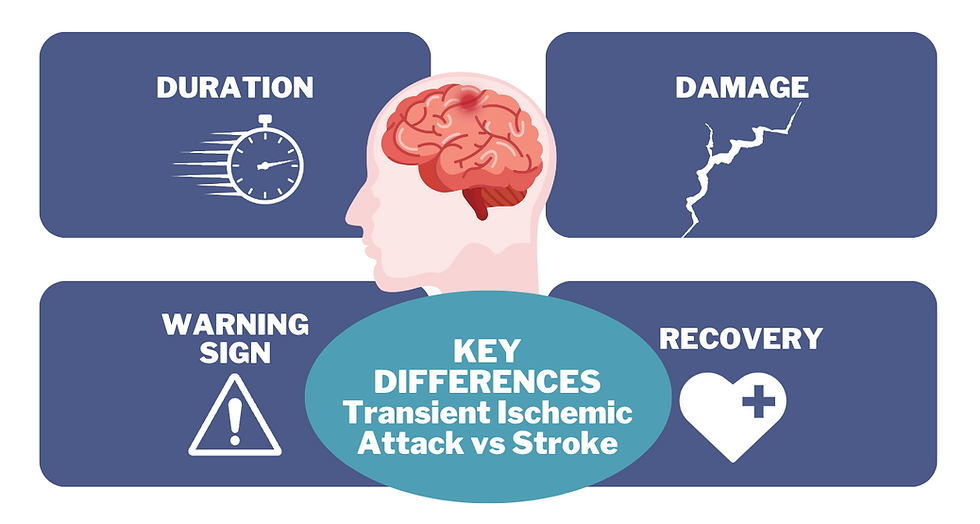Difficulty coughing? Here's a device that can help!
- Kylie Siu

- May 26, 2023
- 2 min read
Updated: Sep 12
Coughing is a natural reflex that helps protect our lungs and airways from irritants and foreign particles. However, for individuals with respiratory problems, coughing can be a difficult task. This can result in a buildup of mucus, which can lead to infections and other complications. Fortunately, there are devices available that can help individuals with respiratory issues clear their airways.
With the help of a physiotherapist, you can use devices such as the Cough Assist, which is designed to assist individuals with weak coughs or ineffective airway clearance. In this blog post, we will explore how the Cough Assist works and how it can benefit individuals with respiratory problems.
What is a Cough Assist?
The cough assist is a respiratory therapy system that aids in mobilising and removing secretions from the lungs.

How does it work?
The cough assist works by mimicking a natural cough, breaking up and then removing mucus from the lungs by applying positive air pressure (inhale) to the airway and then rapidly shifting to negative air pressure (exhale) to remove secretions. The cough assist can combine with multiple therapies of assisted cough and lung expansion along with high frequency oscillation to further enhance secretion mobilisation during treatment.
How does it compare to what is available on the market?
The cough assist provides a non-invasive solution via a facemask to enhance airway clearance which is essential to avoid retained mucus that causes infection, inflammation, and respiratory failure. Using a pressure system, this also allows for adequate lung expansion and provides a similar mechanic to a natural cough.
So should you opt for a cough assist or deep suctioning? We break down the two methods for you!

Who will benefit from it?
Any patient unable to cough or clear secretions. Patients on tracheostomy can especially benefit from cough assist.
Click here for more information on the cough assist and other information related to chest physiotherapy.
Written by:
Kylie Siu
Physiotherapist, Thrive Healthcare
Disclaimer:
The content displayed on the website is the intellectual property of Thrive Healthcare Pte Ltd. You may not reuse, republish, or reprint such content without our written consent. All information posted is merely for educational and informational purposes. It is not intended as a substitute for professional advice. Should you decide to act upon any information on this website, you do so at your own risk. While the information on this website has been verified to the best of our abilities, we cannot guarantee that there are no mistakes or errors. We reserve the right to change this policy at any given time, of which you will be promptly updated.




Comments